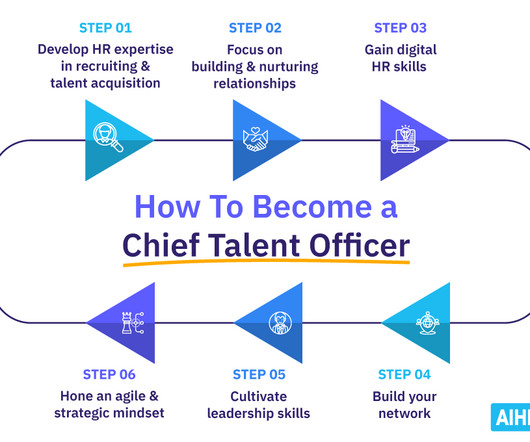What’s Keeping HR Up at Night in 2020?
HRExecutive
FEBRUARY 17, 2020
Slightly more than half of the respondents worry about retaining key talent, with the next most common concern being developing leaders and succession planning, followed by improving the employee experience, and driving innovation and helping teams work together. In the coming years, however, that may not be an issue.





















































Let's personalize your content